We often talk about pests that affect humans, cats, and dogs, but a lot of us also have pet birds or invite them onto our property. These birds often bring their own problems, such as the slip-n-slide that was once your lawn when geese drop by, or sparrows, starlings, and other small birds gumming up the gutters and swiping food from the garden.
One common pest that can accompany these birds and even infest your fine feathered pets is the bird mite. But the term “bird mite” actually refers to a number of critters.
Let’s look at how to get rid of bird mites and – more importantly, how to identify these pests and their handiwork.
Getting Rid of Bird Mites
Once you know you’re dealing with bird mites, it’s actually pretty easy to deal with them. Here are several methods that work, as well as some that won’t.
Will Bird Mite Infestations Go Away On Their Own?
Believe it or not, the infestation will sometimes simply die out without any assistance. However, there are some caveats that make this less common.
For example, the bird mites cannot have access to birds, which will render most species unable to reproduce. You also have the issue of whether or not the mite species is able to feed off of other critters besides birds.
Red mites are known to be quite aggressive, and at least one species that primarily affects domestic fowl has begun to develop a tolerance for non-bird blood.
So while this is a problem that may well go away on its own, you can’t rely on it to do so. Even worse, many of the usual home remedies won’t work, although there are a few very simple methods that remain quite effective.
Home Remedies That DO NOT Work
Bird mites are extremely small. This means that normally reliable methods such as diatomaceous earth are ineffective at bird mite removal. The mites are literally small enough they can just avoid the minefield.
Additionally, essential oils won’t work against an entire colony. However, there are still some effective uses if you have pet birds.
Treating Pet Birds
You should always consult with an avian vet or specialist before attempting to use any home remedy on your pet birds. Remember, what’s safe for one species can be toxic to another, not to mention birds have sensitive skin.
Keep the Area Clean
Whether your birds are free-range, live in a cage, or are outdoors (such as if you raise chickens), it’s important to keep their areas clean. Change any bedding (such as in nesting boxes) often unless they’re in the process of mating.
Remove any shed feathers or debris that might attract or shelter mites and their eggs. Giving your birds a means to bathe as well as having at least two (so they can help each other groom and preen) will also go a long way towards fending off bird mites.
Vacuuming (any Shark vacuum is the best) not only removes debris they might try to hide in, it can also suck up mites and eggs. In fact, cleaning is extremely important because many species of bird mites will also infest larger pests, such as rats.
Essential Oils and Sprays for Birds
Again, please be very careful when using essential oils. Different oils may prove harmful for the species of bird you have. You can use heavily diluted vinegar or Dawn dish liquid to gently mist your bird, being careful not to get it on their face.
Citrus oils are among the safest essential oils, although anise and thyme will work on some birds. Stronger oils such as peppermint are best used for bird species that have minimal sensitivity to air quality. Always dilute these before use and, again, try to avoid the face.
Treating Bird Mites on Cats and Dogs
While mammal blood isn’t sustainable for bird mites, many species are adapting to it. Therefore, you’ll also need to treat your dogs and cats to get rid of these bird bugs. This will often mean getting a prescription shampoo, although you may have some luck with a hot Dawn and vinegar bath followed by a slow session with a hairdryer.
However, this home remedy won’t completely eliminate the mites who may be able to survive the water temperature (which can’t be too hot or you’ll scald the dog) or find somewhere in the fur to hide.
Low Humidity
There are many simple things you can do around the house to eliminate bird mites. One way to make life difficult for bird mites is to use a dehumidifier like the one from hOmeLabs. They’re not fond of low humidity, and removing moisture from the air can sometimes play a huge role in convincing them to leave.
Heat Treatments
This is one of the best methods for fighting mites and other tiny arachnids. In extreme cases, this is the (rather expensive) method a professional exterminator will resort to.
The good news is you can do your own heat treatments at home on a number of surfaces for very little cost.
What Temperature Kills Bird Mites?
If you’ve ever dealt with bed bugs, you no doubt know that extremely high temperatures can eliminate them. But bird mites are a little different.
Being used to living on birds, they have a much lower heat tolerance and have been known to die in temperatures as low as 55 to 60 degrees Fahrenheit.
But don’t celebrate just yet, as this doesn’t mean your living room is an automatic death trap. In fact, you can find thriving bird mites in house temperatures as long as the humidity is above 30% and it’s not freezing temperatures.
However, if you take any infested fabrics and toss them into the dryer on a high heat setting, you’ll destroy these pests and their offspring every time.
Steam Cleaning
It boggles the mind that there are people out there who don’t own a steam cleaner. These special vacuum cleaners use a canister of water to inject steam into a fabric surface. It then draws the water (and a LOT of hidden dirt) back out.
Most associated with carpets, steam cleaners are also highly effective for cleaning mattresses and upholstered furniture. If you really don’t want to own one (and why shouldn’t you?), you can rent them for a fairly low price.
But if you want to invest in your own steam cleaner, the Hoover Spotless portable cleaner is great for spot cleaning while the Bissell Big Green machine is unbeatable for carpets.
Believe us, the money you save from the resulting change in air quality and reduced needs for professional cleaning are immense over time. Plus, the amount of household pests you’ll eliminate is crazy!
Using your steam cleaner in rooms where you suspect bird mites can not only kill the mites (practically on contact), but it will suck them up, regardless of developmental stage. The canister can then be safely flushed and washed out with some hot, soapy water to kill any survivors.
Eliminating Bird Mites Outdoors
This is, of course, far harder than getting rid of them indoors, since any bird that visits your property may pick up or drop off mites. However, there are a few things you can do to keep them under control.
Chemical pesticides or miticides have some limited use, and you should only use products labelled specifically for bird mites. Remember, these are arachnids, so many insecticides will prove ineffectual.
However, some species of bird mite have developed a tolerance to chemicals and others may not be affected at all simply due to the term “bird mite” being so broadly applied.
One product many people swear by (and is actually pretty decent) is Bifenthrin. This product is most often used around the foundation to create barrier against a wide range of pests.
However, there are formulas that can also be used as a broader spray. Just be sure to follow all instructions carefully and apply in late evening after the beneficial insects have left for the night.
You will want to read all warnings carefully before trying to use any chemicals on a bird nest or window ledges where birds like to hang out. Not doing so may leave you with dead birds in addition to dead parasites.
Bird Mite Prevention
As mentioned, you can’t completely remove the threat of a bird mite infestation, but there are a lot of measures you can take to reduce the risk. Here are a few of these methods:
Seal All Entry Points
This tip is like water – you rarely think about it, but it’s absolutely essential in life. Of course, unless you hermetically seal your home, something as small as a bird mite (or the aforementioned water) will find its way in.
But you can and should still seal all known entry points and create a barrier around your home to prevent birds, rodents, and other carriers from escorting the parasites inside.
This includes investing in gutter barriers (which can also reduce gutter maintenance and even prevent ice dams in winter, so there are no excuses not to have them!) and caulking any potential gaps around windows and doors.
Check Your Birds
Before purchasing a bird, check to ensure they have a clean bill of health. This includes any medical records and information on their living conditions. While this won’t guarantee the bird is free of health problems, it can help you prepare for anything that may arise and ensure they’re free of parasites or mites.
For birds you already have, be sure to give them periodical vet visits. There are some very serious illnesses that can go unnoticed and may be life-threatening, so these checkups are absolutely essential for a happy, healthy feathered friend.
As for livestock, such as chickens, vet visits are important, but you must also be meticulous in keeping their area clean. Pay close attention for excessive scratching or other signs something might be getting under your birds’ feathers and call a vet if you suspect something but aren’t sure.
Remove Bird Artifacts
Take the time to go through your yard occasionally looking for “artifacts”. This includes abandoned nests, dead birds, or debris from a bird bath. Wear gloves to reduce the chances of picking up a hitchhiker as you remove these artifacts from your property.
Bird Removal
Finally, you can always deter birds from visiting your property in the first place. Reflective tape, bird spikes to limit roof space, etc. are all great deterrents. Obviously, if you use these methods, you won’t be able to enjoy watching the birds. However, it might be best if you’re getting multiple infestations.
Getting to Know Bird Mites
One thing we need to make clear is that bird mites can be a complicated issue. There’s a wide range of parasitic insects and bugs that can infest birds, such as swallow bugs or bird lice. However, we’ll be discussing mainly those bird parasites that are species of mites (i.e. a type of arachnid).
What Do Bird Mites Look Like?
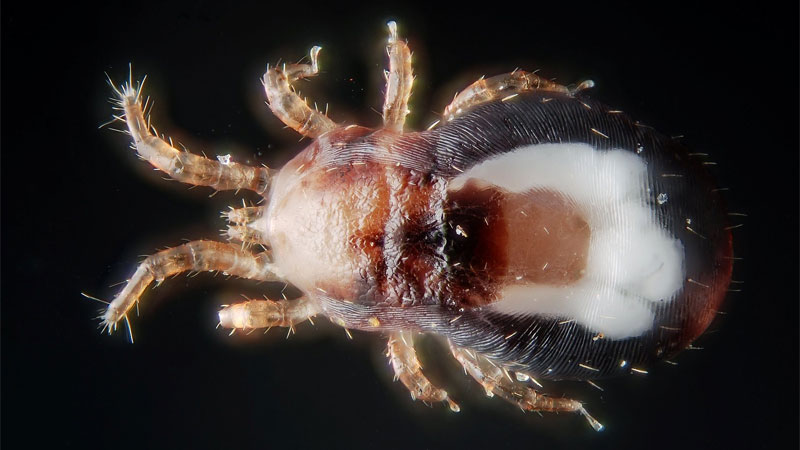
Bird mites vary greatly in size and color. However, they’re all types of mites, which means they’re arachnids (eight-legged) and tend to be extremely small.
For example, the chimney swift bug (Cimexopsis nyctali) is a close relative of bed bugs and has a very similar appearance. There are also the tiny, round feather mites (from the superorders Acariformes and Parasitiformes), such as the red mite (Dermanyssus gallinae) – a species known to attack humans and many other species in addition to birds.
Another species known to attack humans is the tropical fowl mite (Ornithonyssus bursa). While it often infests the feathers and nests of wild birds, it’s also known to go after domestic fowl.
Then there are pigeon mites, northern fowl mites, parrot mites, and many more.
Bird mites feed on more than just the blood of birds. Some species will also consume skin cells and keratin. However, they’re all extremely small (no bigger than 1/32 inches long).
Their eggs and nymphs are even smaller, requiring visual aids to spot. They also all tend to be transparent or nearly so until they’ve had a blood meal, at which point they become various shades of reddish brown.
See Also: What Do Clover Mites Look Like?
How Long Do Bird Mites Live?
Bird mite lifespans vary from one species to another, but they generally won’t live longer than 90 to 100 days. Unlike bed bugs, these critters can have different life cycles, with many species having a larval stage and only one nymph stage.
Where Do Bird Mites Live?
This can vary from one species to another, as many bird mites aren’t restricted to preying on birds. However, infestations are most often found on either the bird host itself or their nests. In some rare instances (especially after birds abandon a nest), the mites may sneak into your home in search of food.
If you have pet birds, this can become a distinct problem. However, having more than one bird will often result in the birds grooming each other to remove any such pests. This certainly makes your job slightly easier (and keeps birds happy). Be warned, used furniture that had exposure to birds may also carry a bird mite population.
Do Bird Mites Fly?
To borrow a quote from the ghost of Alec Guinness (and show this author’s age), it is true – from a certain point of view. Bird mites can hitch lifts and travel across vast distances via Pigeon Airlines.
However, they cannot fly or jump by themselves and have the same reliance on running speed as bed bugs.
Do Bird Mites Bite Humans?
It depends largely on the species and whether or not birds are available. In fact, the only species that seems to actively attack humans is the red mite. While it’s not much consolation if you do get attacked, know that bird mites are adapted primarily to birds’ blood.
A mite eating human blood is a lot like eating a meal doused in high fructose corn syrup – indigestible, terrible on the body, and not nearly as tasty as the real thing. And if it’s not bad enough that the bird mite isn’t getting nourishment, it also can’t reproduce using human blood. Thus, you both get a bum deal out of a bird mite bite.
What Does a Bird Mite Bite Look Like?
It can be easy to confuse a bird mite bite with that of other bug bites, especially with these tiny nocturnal critters being so hard to spot. However, they’ll generally present themselves as tiny red spots that can become raised if scratched.
Symptoms can also include pain if you scratch at the bite area too much. Note that the itchiness can be quite severe for such tiny bites.
Treating a Bird Mite Bite
While sometimes frustrating, the bites from bird mites tend to be harmless. In a few extremely rare cases, they have been known to transmit Lyme disease, Mycobacterium, and Salmonella.
However, you’ll want to thoroughly wash the area (this will get rid of any mites still hanging around). Use some anti-itch cream if you feel the need to scratch at it. In some rare instances, a secondary infection may occur if you break skin while scratching, so try to resist.
Will Bird Mites Affect Cats and Dogs?
Red mites may try to feed off of your four-legged family members in a pinch. However, bird mites are generally not interested in what your feline or canine has to offer.
How Do I Know If I Have an Infestation?
Bird mite infestations can be difficult to spot. Much like bed bugs, they can hide in all sorts of cracks and crevasses or even wall cavities. This is made worse by the fact that they’re so small you can barely see the full-grown adults. Thus, the best way to spot an infestation is by comparing symptoms.
For example, the more exposure you have to wild birds, the higher the chance you’ll be exposed to bird mites. This can also translate to them slipping indoors through entry points or hitching a ride and infesting your pet birds.
Itchy spots that seemingly appear overnight and tend to be worse at night increase the odds you have an infestation. Finally (if you’re lucky enough), you might just spot one.
- How to Get Rid of Hawks - March 8, 2024
- How to Get Rid of Pill Bugs (Rolly Pollies) - March 1, 2024
- How to Get Rid of Groundhogs (Woodchucks) - February 5, 2024
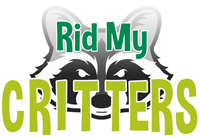
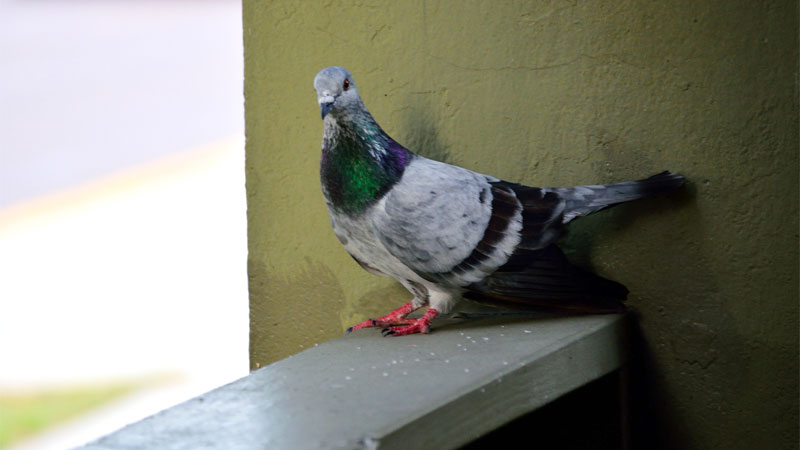

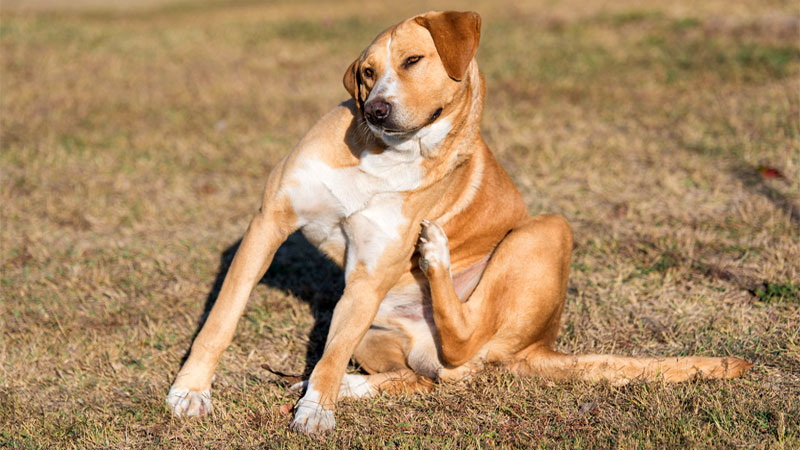
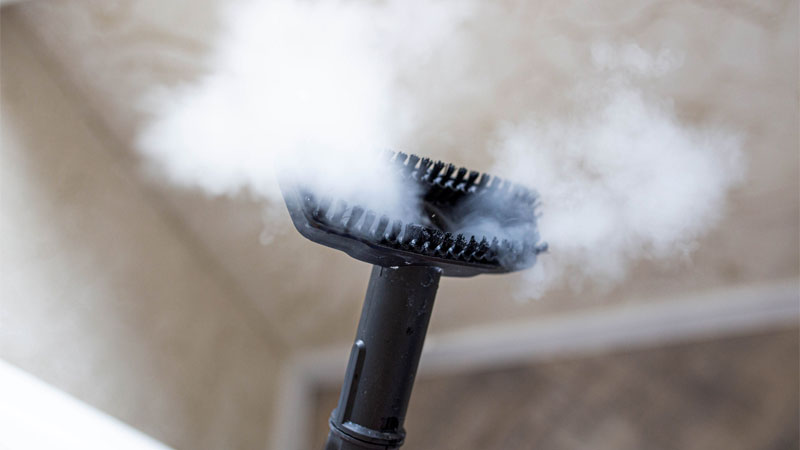

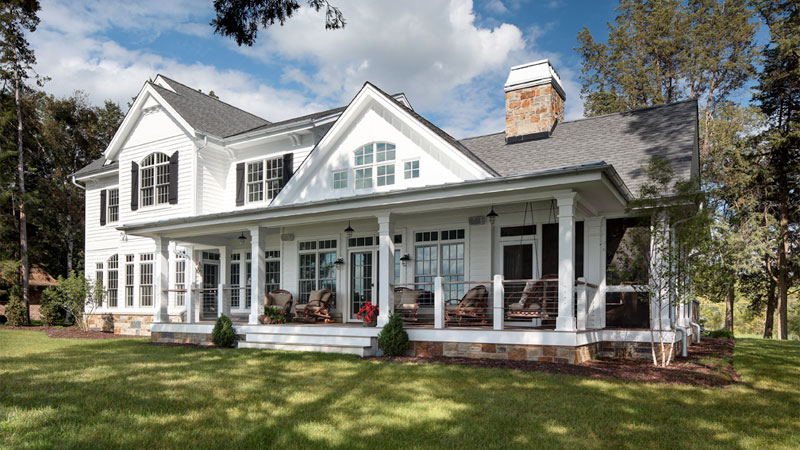
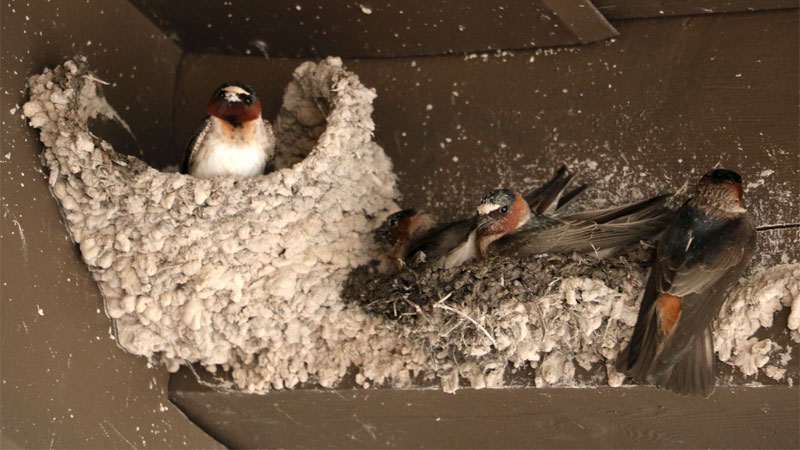
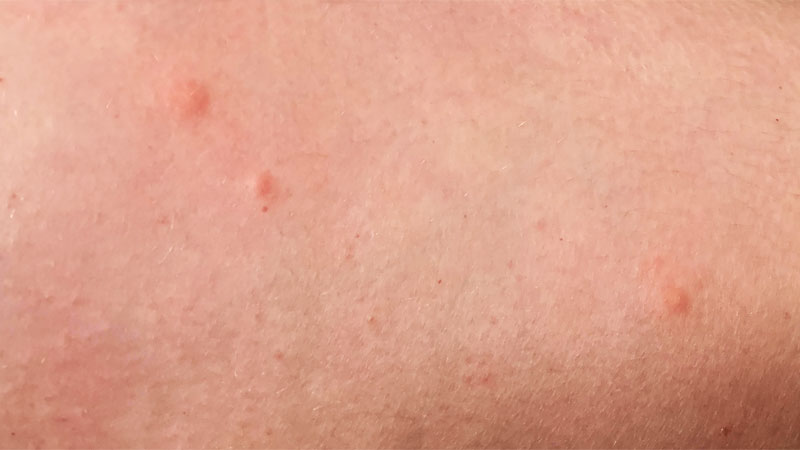

Hello, they can and do reproduce on human and canine blood.
My dog and I have been bitten for almost 6 years now. Please see the attached studies on the NIH (National Institutes of Health site, Pubmed) for a more complete understanding of this growing, misunderstood issue where those afflicted, unfortunately and tragically, get no help from the (outdated/ignorance of the) medical community.
https://pubmed.ncbi.nlm.nih.gov/25884317/
https://pubmed.ncbi.nlm.nih.gov/23530520/
https://pubmed.ncbi.nlm.nih.gov/28929966/
https://pubmed.ncbi.nlm.nih.gov/20687864/
https://pubmed.ncbi.nlm.nih.gov/31264450/
https://pubmed.ncbi.nlm.nih.gov/33975002/
What have you found to eradicate them as I am now battling this problem? The more I find out about them, the more horrified I am, as it seems they can live without a host for a very long time as well. They are primarily on my face, hair, in my ears and and eyes. They seem to be able up survive anything you throw at them. So getting rid of them looks like being a no go. It’s very stressful and my time seems spent making sure I don’t have any on my body, washing clothes, sheets and drying them. Then finding out that they can live for a very long time without a host.